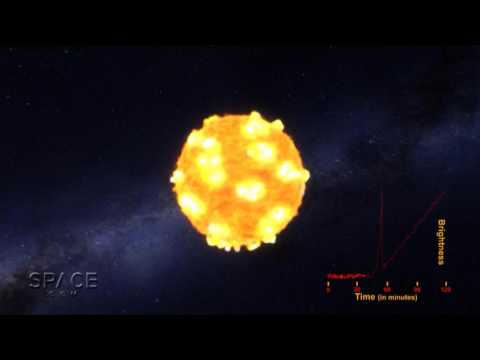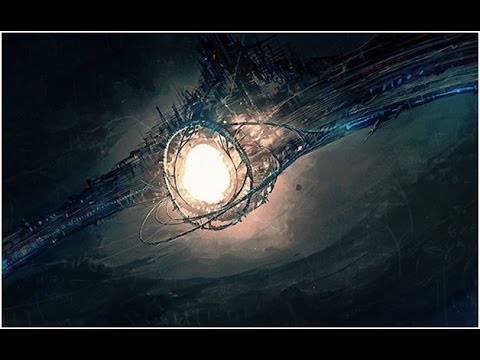Shining Bright: The Science Behind Stars
Stars have fascinated humans for thousands of years. From ancient civilizations using them for navigation to modern astronomers studying their composition and behavior, stars continue to captivate us with their brilliance and mystery. But what exactly makes these celestial bodies shine so bright?
At the most basic level, stars shine due to nuclear fusion. This process occurs in the core of a star, where immense pressure and temperature cause hydrogen atoms to fuse together to form helium. This fusion releases a tremendous amount of energy in the form of light and heat, which is what we see as the star’s brightness.
The size and mass of a star play a significant role in determining how bright it shines. Larger stars have more mass, which means they have more fuel for fusion and therefore shine more brightly. Conversely, smaller stars have less mass and fuel, so they shine dimmer. The most massive stars can be millions of times brighter than the Sun, while smaller stars may only emit a fraction of the Sun’s brightness.
The color of a star also provides clues to its temperature and brightness. Hotter stars appear blue or white, while cooler stars appear red. This is because the temperature of a star determines the color of light it emits, with hotter stars producing more energetic, shorter-wavelength light.
In addition to nuclear fusion, other factors can influence a star’s brightness. Stars go through cycles of expansion and contraction, which can cause fluctuations in their brightness. Some stars also experience violent events like supernovae, which can temporarily increase their brightness to levels that outshine entire galaxies.
Studying the brightness of stars can provide valuable insights into their composition, age, and evolution. Scientists use tools like spectroscopy to analyze the light emitted by stars and determine their chemical makeup. By studying the brightness and behavior of stars, astronomers can better understand the processes that govern the universe and the role that stars play in shaping it.
In conclusion, the science behind stars shining bright is a complex and fascinating subject that continues to intrigue scientists and stargazers alike. From nuclear fusion to temperature and mass, there are many factors that contribute to a star’s brilliance. By studying these celestial bodies, we can gain a deeper understanding of the universe and our place within it. Stars may be millions of light-years away, but their light shines brightly across the vast expanse of space, illuminating the mysteries of the cosmos.













